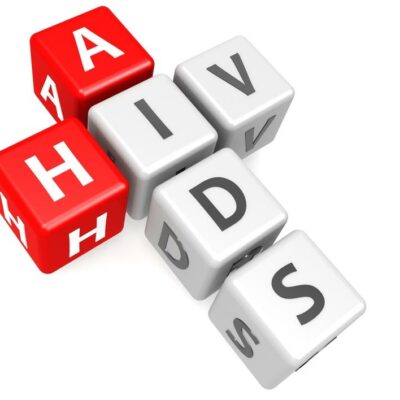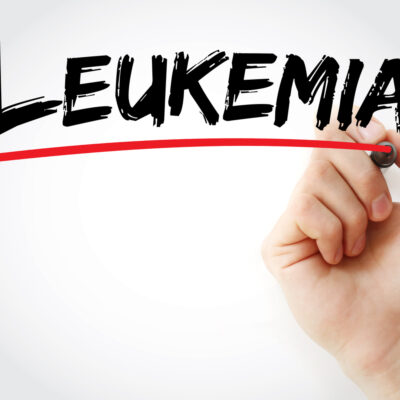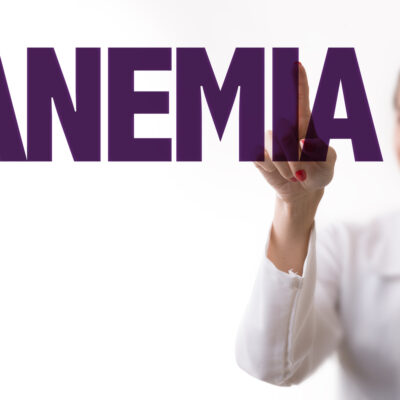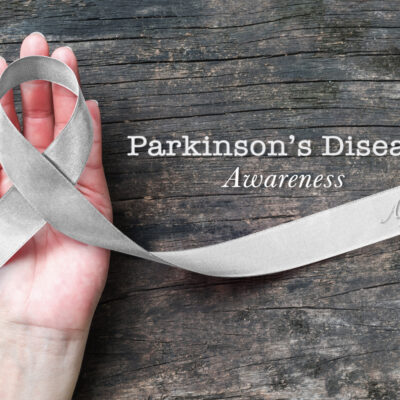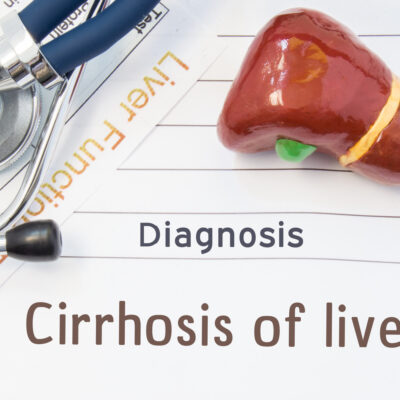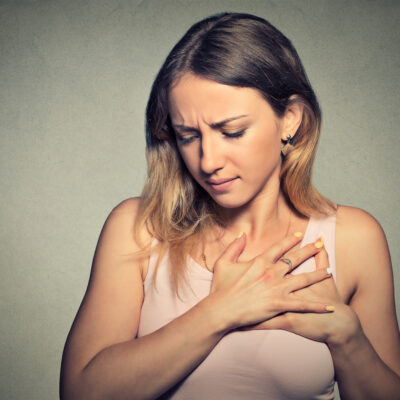
Health
Major causes and symptoms of a heart attack
A heart attack is the result of blocked blood flow to the heart. This blockage is often due to deposits of cholesterol, fat, and some other substances that form a buildup in the coronary arteries that feed the heart. This buildup gradually breaks to form a clot. This interrupted blood flow can destroy or damage parts of the heart muscle. The causes of a heart attack are stated below: Angina: This results in chest pain because of a lack of blood supply or oxygen to the heart, and can affect the muscles of the heart. Higher cholesterol levels: Having high levels of cholesterol can increase the chances of having a blood clot in the arteries. Age: Heart attacks become more likely when a man is over the age of 45, and a woman is over the age of 55. Diabetes: This is another factor that can increase the risk of heart attacks. Genetics: A person can be at a higher risk of a heart attack due to their genetics as well. Diet: Large quantities of saturated fats in the bloodstream can also increase the chances of a heart attack. Having a heart surgery: The chances of having a heart attack due to a heart surgery increase later.
Read More 


